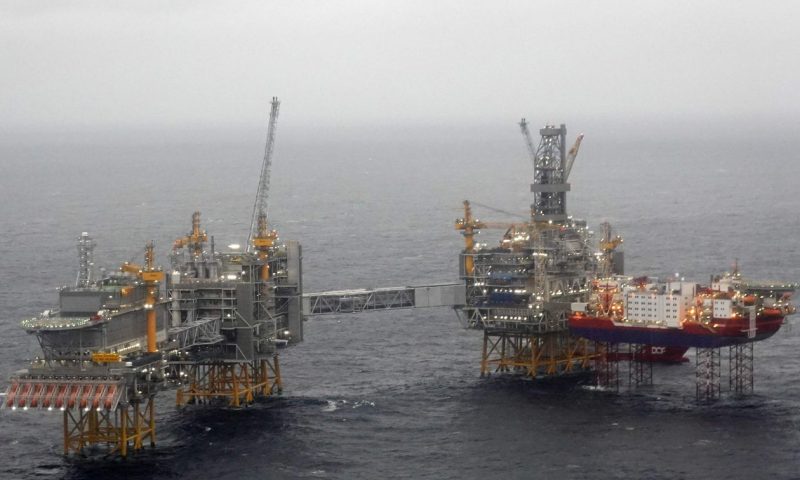Oil futures were edging back slightly on Thursday morning from their highest levels since mid March, after a rally powered by upbeat monthly oil forecasts and a decline in U.S. weekly inventories.
Some market analysts suggested that oil may face some resistance to further gains on Thursday after its recent uptrend but say that more upbeat news on the global economic recovery could fuel a fresh push.
“Keep a close eye on prices as WTI tries to break resistance in the $63.15-$63.60 range and Brent tests its own key resistance around $66.80,” wrote Fawad Razaqzada, market analyst at ThinkMarkets, in a note.
“If these levels give way then expect further technical buying in the days ahead,” he wrote.
On Thursday, West Texas Intermediate crude for May delivery CLK21 CL00 was trading off 14 cents, or down 0.2%, at $63.02 a barrel on the New York Mercantile Exchange, after rising 4.9% to end at the highest level since March 17, according to Dow Jones Market Data. Global benchmark June Brent crude BRNM21 BRNM21 picked up 11 cents, or 0.1%, lower to trade at $66.47 a barrel on ICE Futures Europe.
On Wednesday, the International Energy Agency lifted its demand outlook for crude and a U.S. government report revealed a third-weekly drop in weekly inventories.
In its monthly report, the International Energy Agency raised its forecast for global oil demand in 2021 by 230,000 barrels a day from its previous forecast. It now sees an increase of 5.7 million barrels a day from 2020 to 96.7 million barrels a day this year. Meanwhile, the Organization of the Petroleum Exporting Countries on Tuesday raised its forecast for global economic growth to 5.4% from 5.1%.
In a weekly report also issued Wednesday, the Energy Information Administration reported that U.S. crude inventories fell by 5.9 million barrels for the week ended April 9. That followed supply declines in each of the previous two weeks.
The EIA data also showed crude stocks at the Cushing, Okla., storage hub edged up by 400,000 barrels for the week, while total domestic petroleum production rose by 100,000 barrels to 11 million barrels per day.

